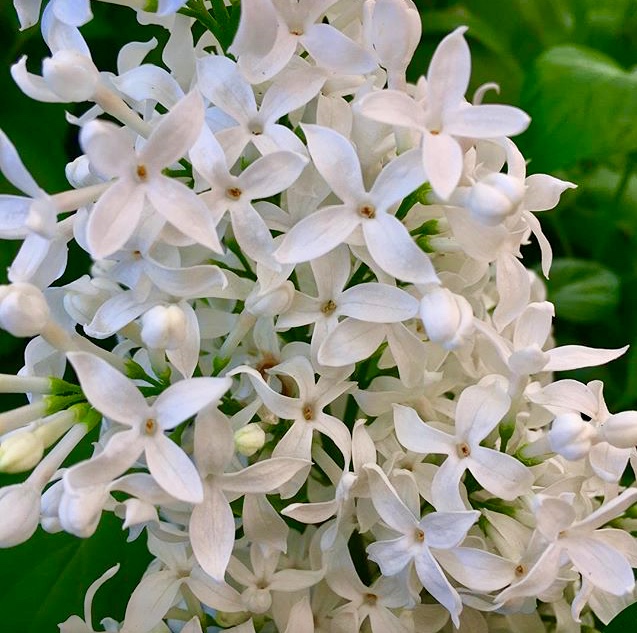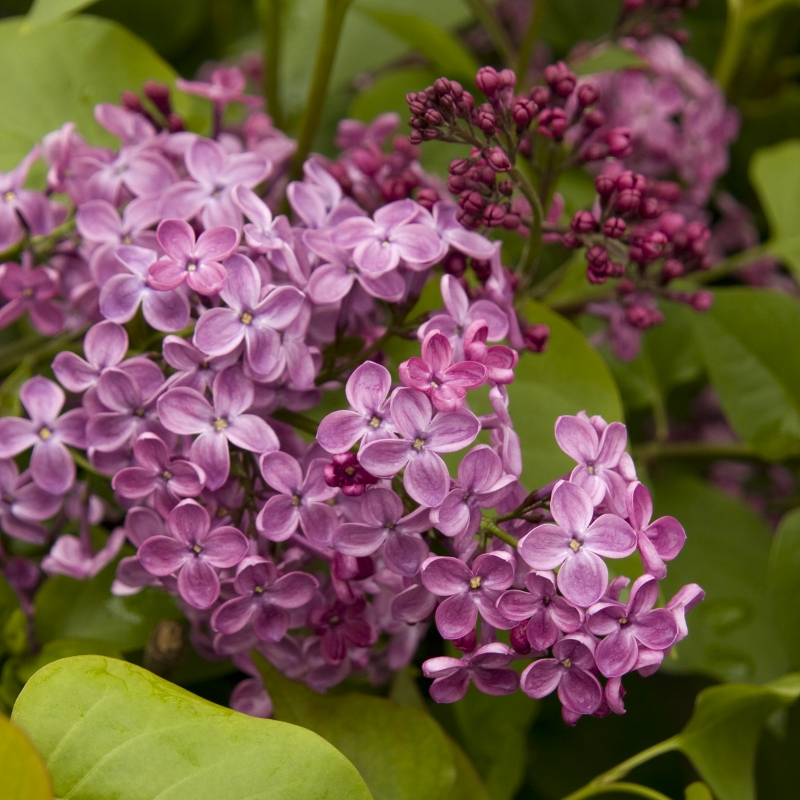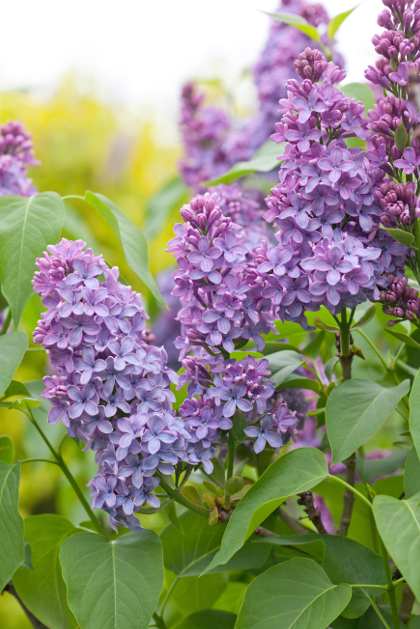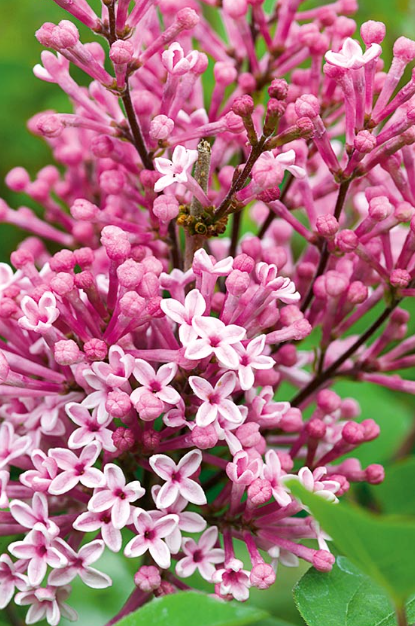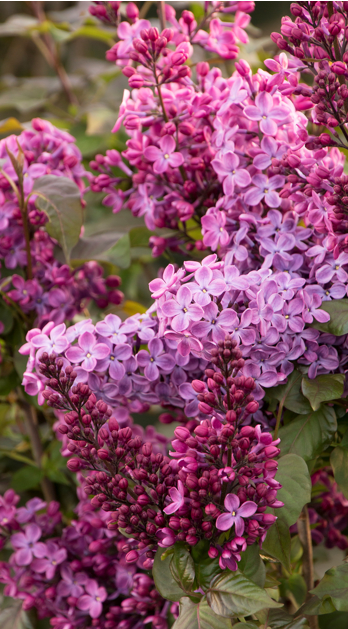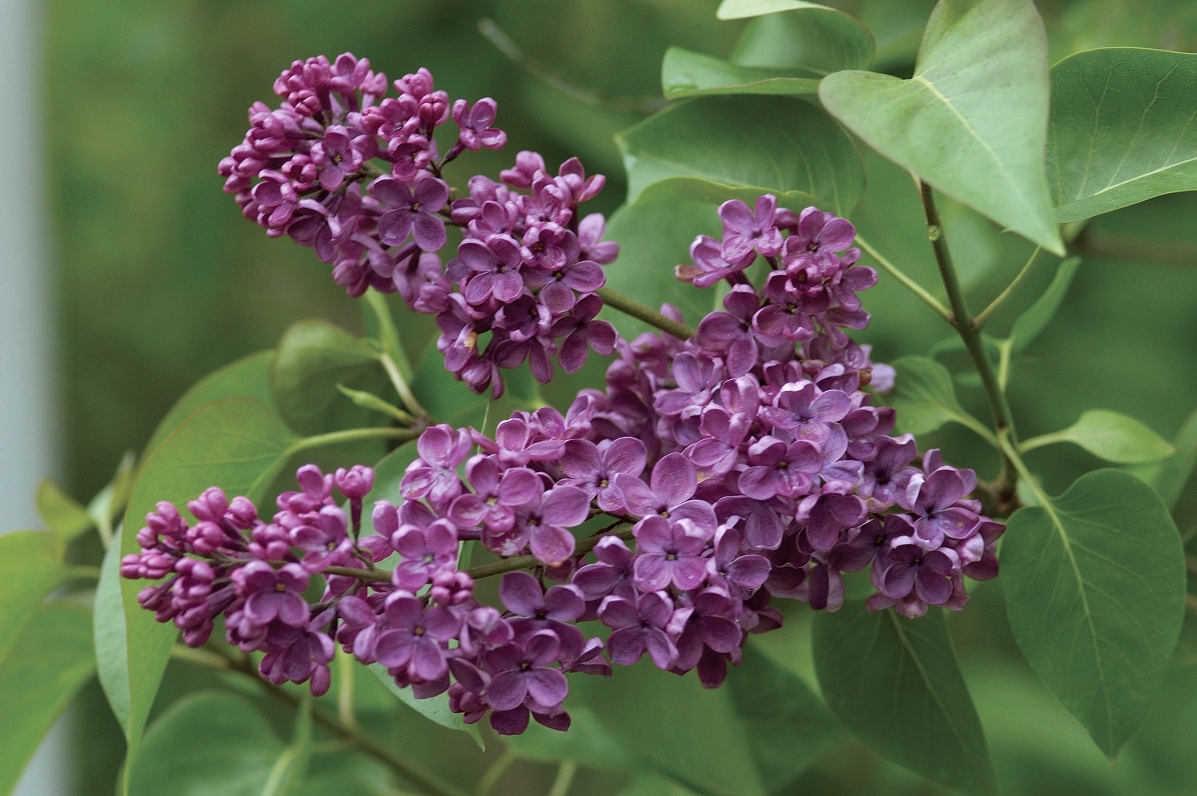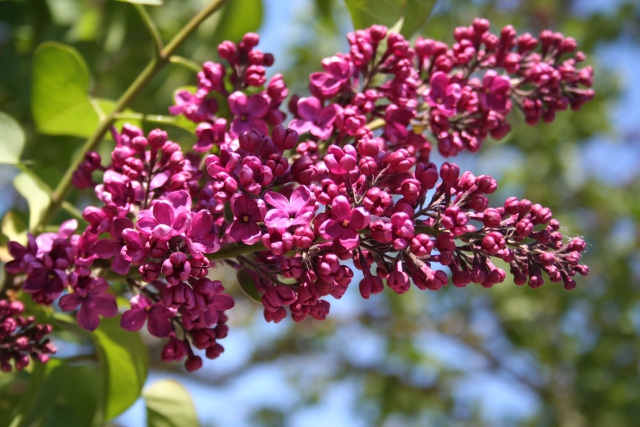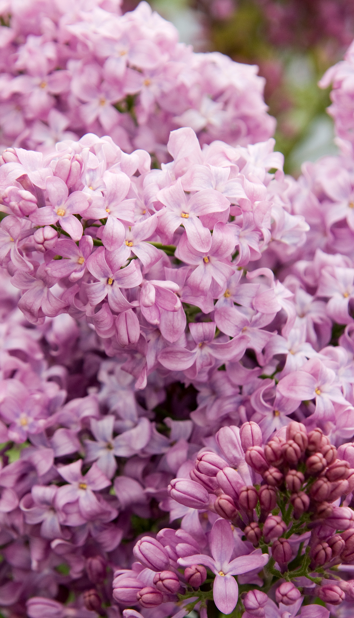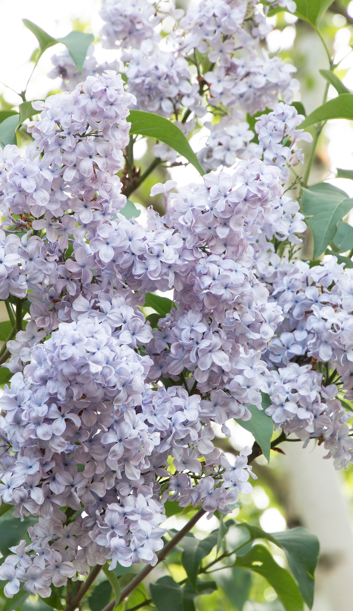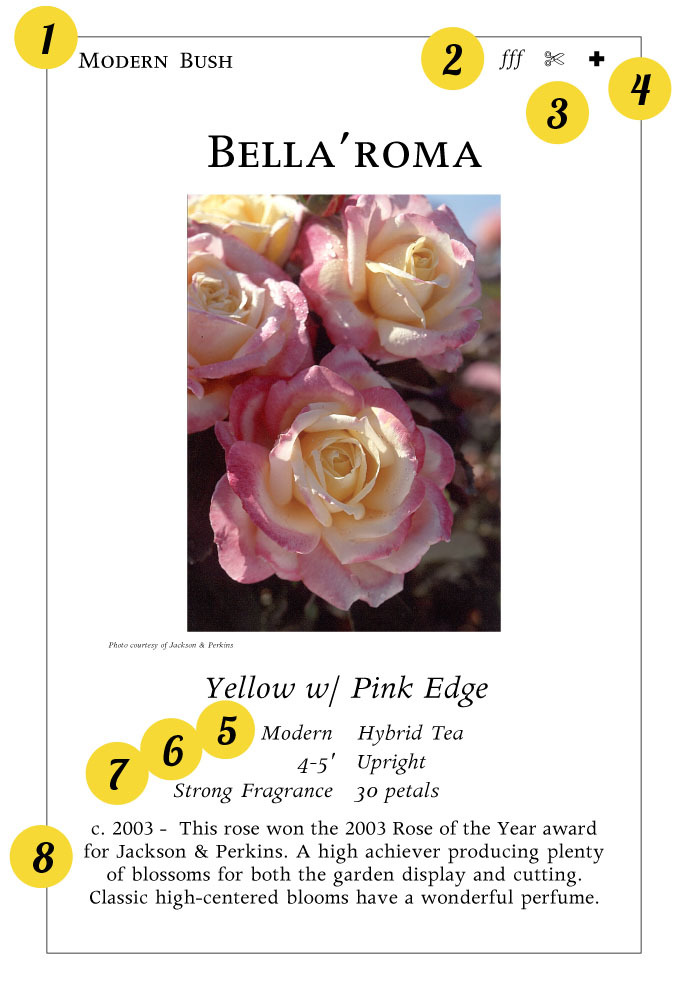This year we have a wide selection of various hot and sweet peppers at the nursery, and this weekend we're celebrating our biggest pepper stock of the season! Hurry in and pick some up today, but first, keep reading and learn what peppers you don't want to miss according to Randall, our Bedding Manager!
Sweet Peppers
'Cubanelle' Sweet Pepper
In the United States, the term "sweet pepper" encompasses a wide variety of mild peppers that, like the chilie, belong to the Capsicum family. Both sweet and hot peppers are native to tropical areas of the Western Hemisphere. Sweet peppers can range in color from green, yellow, orange, red, purple, brown to black. Their usually juicy flesh can be thick or thin and flavors can range from bland to sweet to bittersweet.
A sweet pepper's Scoville scale is 0 and therefore doesn't bring any spice or heat to your palate, just wonderful texture and flavor! (What's the Scoville scale? Read on to learn!)
The best known sweet peppers are the bell peppers, so-named for their rather bell-like shape. They have a mild, sweet flavor and crisp, exceedingly juicy flesh. When young, the majority of bell peppers are a rich green, but there are also yellow, orange, purple, red, and brown bell peppers. The red bells are simply vine-ripened green bell peppers that, because they've ripened longer, are very sweet. In cooking, they find their way into a variety of dishes and can be sauteed, baked, grilled, braised and steamed. Sweet peppers are an excellent source of vitamin C and contain fair amounts of calcium, phosphorus, iron, thiamine, riboflavin and niacin.
Hot Chiles
'Santa Fe Grande' Pepper
One of the wonders that Christopher Columbus brought back from the New World was a member of the Capsicum genus, the chile. Now this pungent pod plays an important role in the cuisines of many countries including Africa, China (Szechuan region), India, Mexico, South America, Spain, and Thailand. There are more than 200 varieties of chiles, over 100 of which are indigenous to Mexico. They vary in length from a huge 12 inches to a 1/4" pewee. Some are long, narrow and no thicker than a pencil while others are plump and globular.
Their heat quotient varies from mildly warm to mouth-blistering hot. As a general rule, the larger the chile the milder it is. Small chiles are much hotter because, proportionally, they contain more seeds and veins than larger specimens. Those seeds and membranes can contain up to 80 percent of a chili's capsaicin, the potent compound that gives chiles their fiery nature. Since neither cooking nor freezing diminishes capsaicin's intensity, removing a chile's seeds and veins is the only way to reduce its heat. After working with chiles, it's extremely important to wash your hands thoroughly, failure to do so can result in painful burning of the eyes or skin (wearing rubber gloves will remedy this problem). Chiles are a rich source of vitamins A and C, and a good source of folic acid, potassium and vitamin E.
The Scoville Scale
The Scoville scale measures the "hotness" of a chile pepper or anything derived from chiles, including hot sauce. The scale measures the concentration of capsaicin, the active ingredient that produces that heat we feel when biting into a chile. The Carolina Reaper comes in at a whooping 1.4 to 2.2 million points while a common Jalapeno measures 2,500 to 8,000 points. How much heat can you handle?
Growing
Pepper love full sun and a regular watering. When the first blossoms open give the plants a light application of E.B. Stone Organics Tomato & Vegetable Food 4-5-3 to help them maintain healthy growth and an abundant harvest!
A Few of Our Favorites
When you stop in, don't miss a few of Randall, our Bedding Manager's favorite varieties...
'Cubanelle' Sweet Pepper - A new type for us, this is known as a "frying type" with 4-5" long, red peppers also great roasted, baked, stuffed and fresh.
'Grandpa's Favorite Jalapeno' Hot Pepper - 2" dark red peppers that are excellent fresh in salsa and salads, dried or pickled.
'Santa Fe Grande' Pepper - A long, thin-walled pepper with a spicy-hot flavor used dried in sauces and soups.











